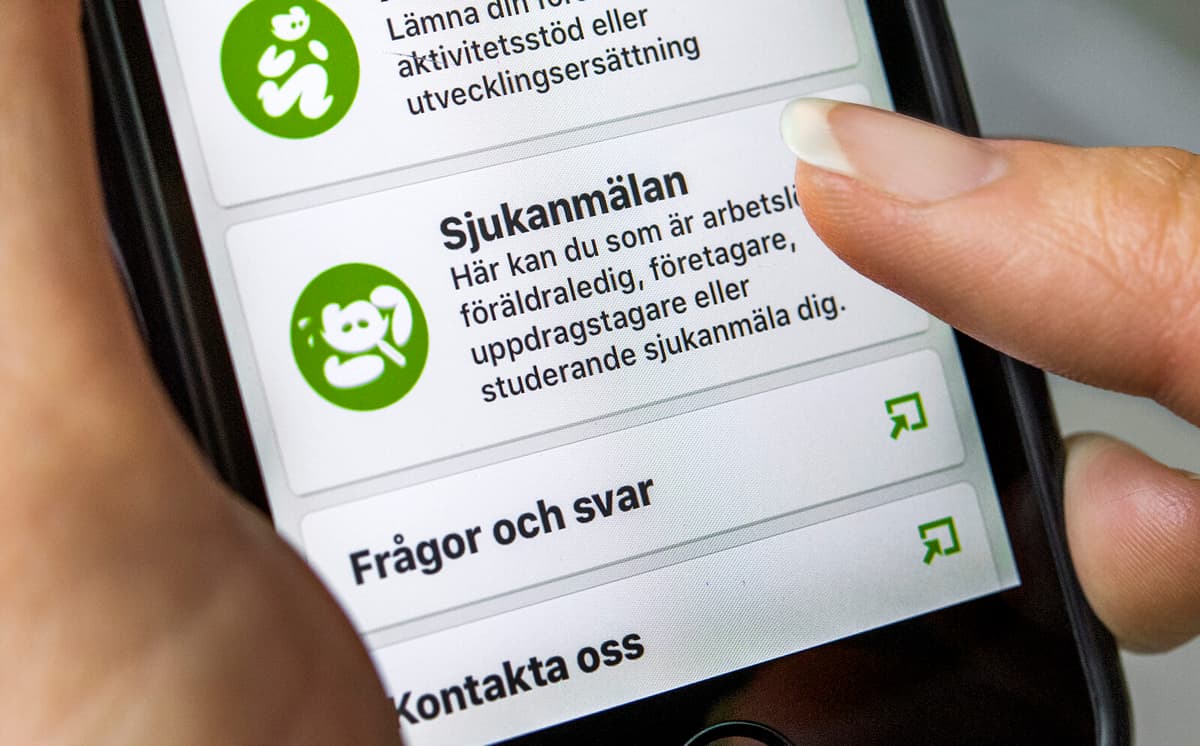The Swedish Social Insurance Agency has been tasked by the government to analyze the differences in the use of sickness insurance, and when the latest report is now presented, it is established that there are significant differences between the sexes.
Women have, on average, twice as many sick leave days as men.
Gender differences are the big thing. Women and men are employed in a gender-segregated labor market with different conditions, which is a major part of this, says the Swedish Social Insurance Agency's analyst Alma Wennemo Lanninger to TT.
Poorer Recovery
But there is also another major contributing factor: Lack of equality in private life.
This is a common explanation. In addition to working professionally, women take greater responsibility at home. Women have a double workload, both their regular job and domestic work. This leads to poorer recovery.
The Swedish Social Insurance Agency has not examined which types of diseases dominate, but during the last five-year period, stress-related sick leave has increased by 25 percent.
Women have a higher risk of starting a sick leave in a psychiatric diagnosis and a particularly high risk for stress-related mental illness, says Wennemo Lanninger.
Sickness absence is highest in healthcare, care, and social services, the report shows.
The entire welfare sector stands out in terms of risk (of sick leave), but also certain male-dominated industries.
Better Equality
What does Alma Wennemo Lanninger think can be done to reduce the difference between women's and men's sick leave? Better equality is a key issue.
We must come further, so that women get less of the double workload, she says and continues:
But since we see such large differences between industries, we must primarily get a better work environment with better conditions at work.
Over the past three years, between 620,000 and 630,000 people have had sick leave each year. The proportion of long-term sick leave has increased slightly in recent years, and residents in metropolitan areas have a lower risk of being sick-listed with sick leave.
Foreign-born individuals with short residence time in Sweden have a lower risk of longer sick leave.
The lowest proportion of employed persons receiving sick leave is among people under 30 years old. The highest proportion of employed persons receiving sick leave is found in the age group 50–59 years.
The use of sick leave is lowest among individuals with the highest and lowest incomes on the labor market.
Source: The Swedish Social Insurance Agency





